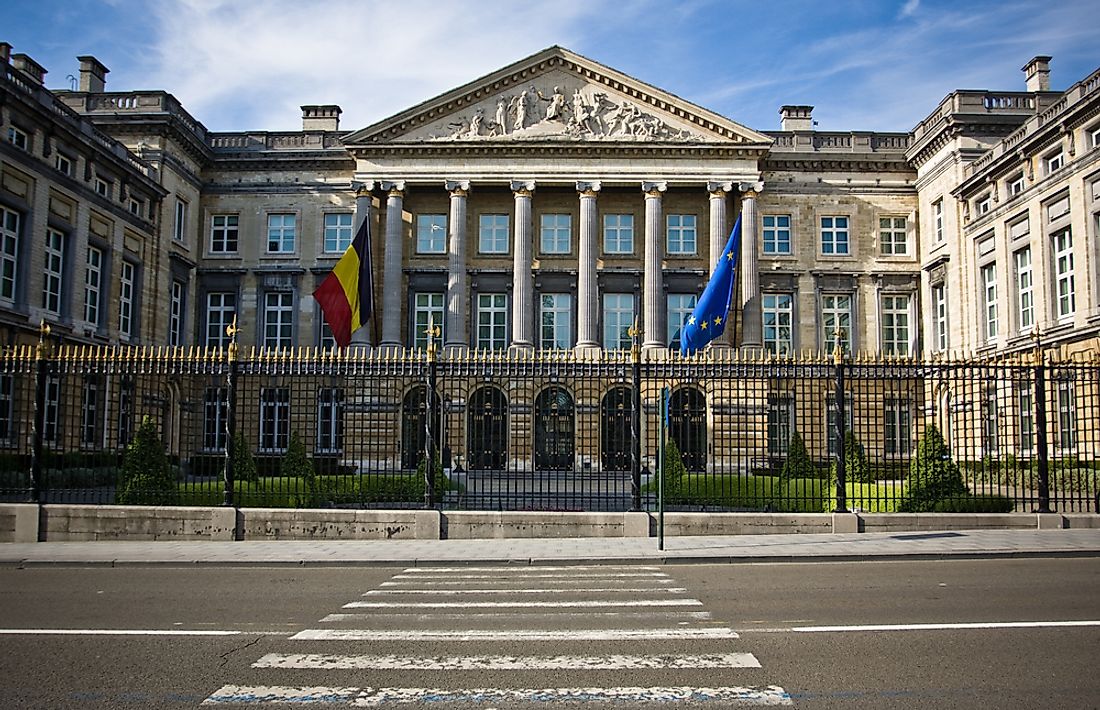When Did Belgium Become A Country?

Belgium formally known as the Kingdom of Belgium is a small country on the Western side of Europe covering approximately 30,528 square kilometers. Its capital city is Brussels.
A Brief History Of Belgium
The name Belgium dates back to the period when Celtics and Romans inhabited most of Europe. Those who inhabited Belgium, North Western France and Rhine land of Germany by then were known as Belgae. During this time, the Romans under the leadership of Julius Caesar were on a conquest to colonize Gaul, the region encompassing present-day Belgium, Luxembourg, France, the northern part of Italy, part of Netherlands and Germany on the Western side of the Rhine River. Gaul was divided into three regions: Gallia Celtica, Belgica, and Aquitania. In 57 B.C., the Romans invaded and conquered Gallia Belgica, and held onto it for 500 years. The control of the Romans over the regions fell to the Germanic Franks in 486 A.D.
The rise of the Franks to power was followed by the establishment of royal empires run by successive dynasties. These empires gradually fell during the ninth century as a result of invasion by Vikings and were divided into independent states. During the middle ages, the authority of the empires shifted to local dukes and counts, though still under the rule of French Kings and Holy Roman Emperors. Flanders became the most powerful and economically significant county, the other states including The Marquisate of Namur, the County of Luxembourg, the Duchy of Brabant, the County of Hainaut, the Duchy of Limburg, and the Prince-Bishopric of Liege.
In 1519 Charles V was crowned the king of Germany and the Holy Roman Empire, most of Europe were Protestants. He passed on his tenure to Philip II in 1556, who took more extreme measures to protect the Catholic religion. The Belgians and the Dutch created a revolution known as the Dutch Revolt against the tyranny leadership of Philip II in 1566. These revolts led to the drawing of the present day borders of Belgium, Netherlands and Luxembourg. Luxembourg and Belgium became known as Spanish Netherlands, with Brussels as the set capital. Protestants were forced to leave Spanish Netherlands in 1585.
The French then took control of the Netherlands between 1794 and 1815 under Napoleon Bonaparte. The defeat of France led to the Congress of Vienna which united Northern and Southern Netherlands under the rule of King William I.
When Did Belgium Become A Country?
Belgium’s independence was stimulated by the Belgian Revolution which occurred on 25th August 1830. During the revolution, crowds of people flooded the streets of Brussels singing patriotic songs, with the performance of Auber’s La Muette de Portici at the Brussels opera house being their main instigation. The riots partly protested the rule of Prince of Orange, who was the representative of King William I in Brussels. The King ignored the protests assuming they would soon blow out. When the protests didn’t calm down, he sent Dutch troupes into Brussels. On the night of 26th September 1830, the troupes were called out of Brussels. The political unrest eventually led to Belgium's independence from the Netherlands on October 4, 1830 under a provisional independent government.











